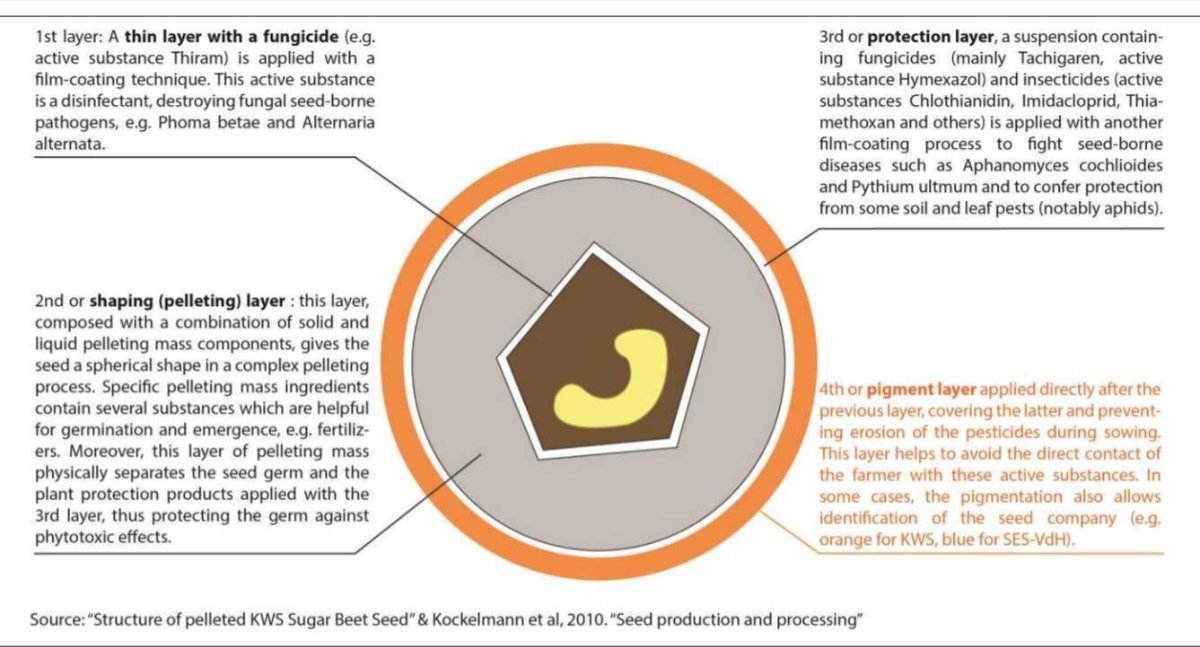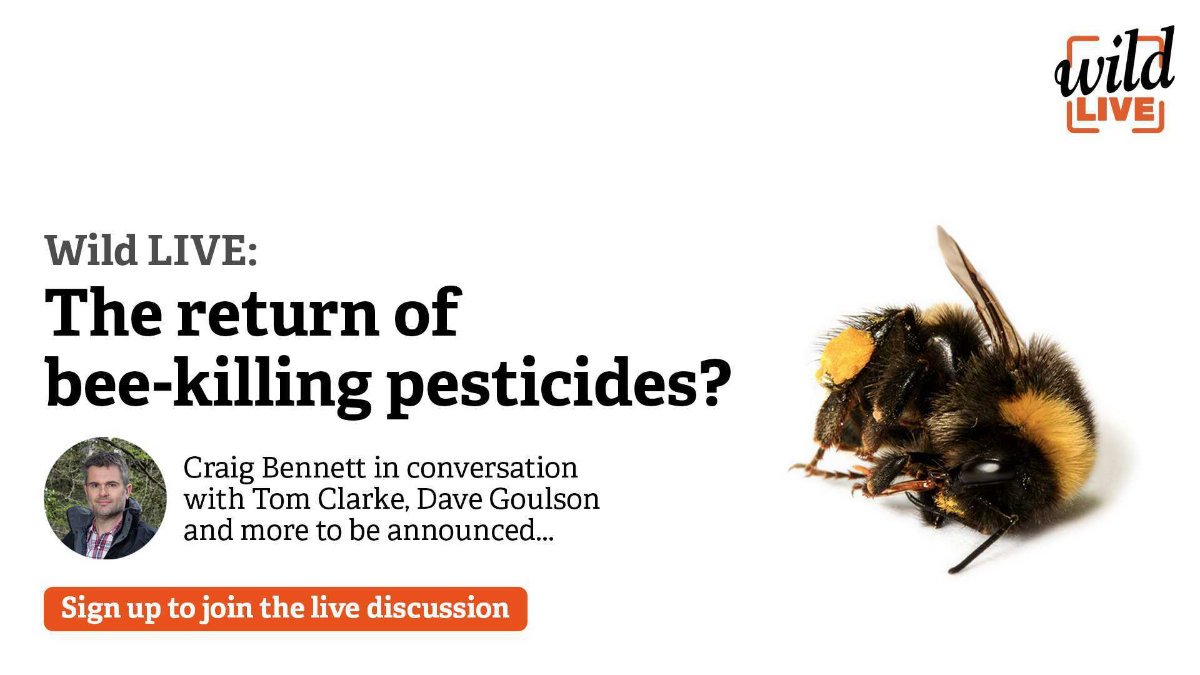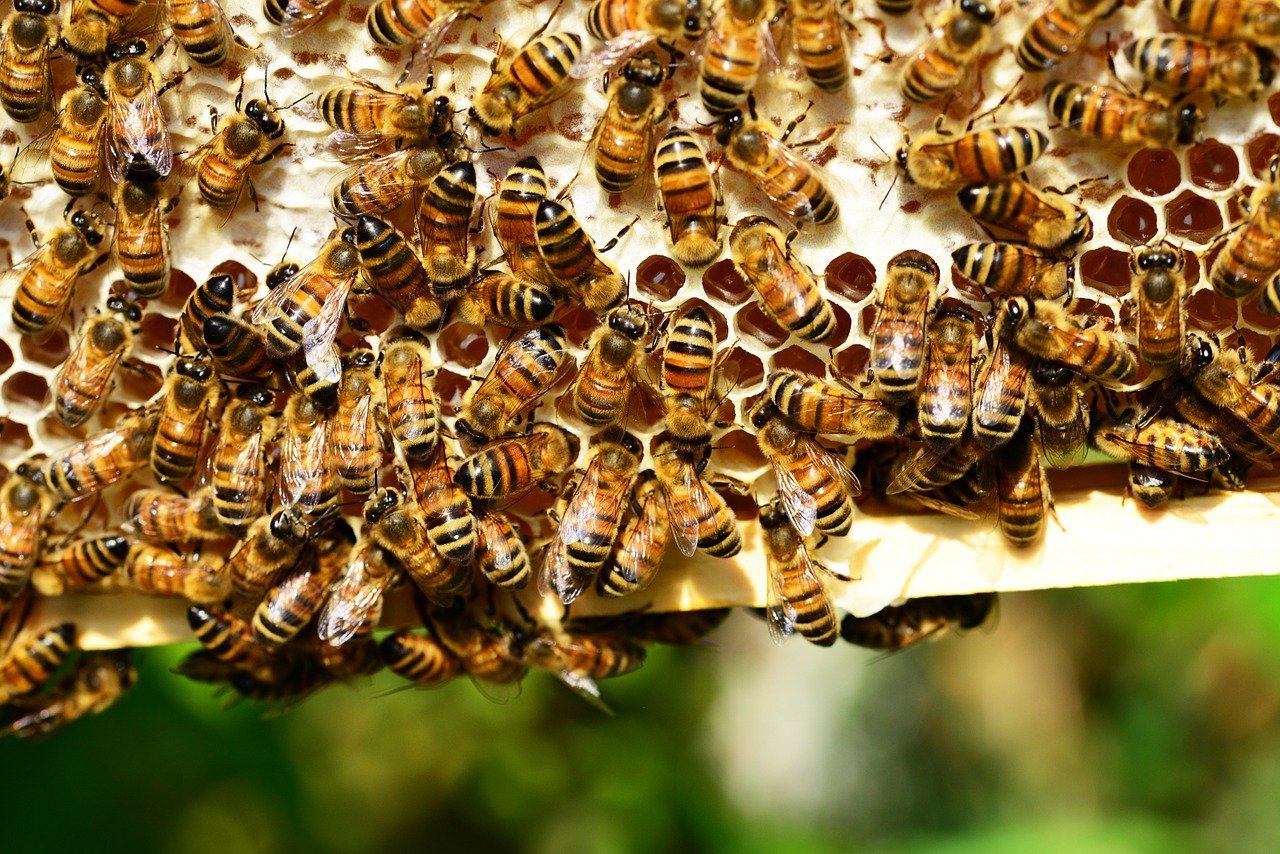There seems to be quite an upset brewing, understandably, over the government allowing the use of neonicotinoids in the UK after reports like “Government to let farmers use bee-killing pesticide banned by EU” appeared in the press and across social media from environmentalists and the concerned public.
The current reporting on the renewed use of this deeply damaging chemical doesn’t always explain why farmers claim they need to use it, or the way it is used.
As a novice beekeeper myself, I was deeply disappointed at the reversal of the ban on this much- hated product and I wanted to know how it had come to this. I looked at a few beekeepers’ groups on social media, and found an experienced apiarist pointing out that other EU countries had already done what has now been done here in the UK: Britain is not the only country to be allowing neonics to be used again. It also seems that even after the initial ban, the UK could have permitted the continued use of neonics, as other countries have done.
This really piqued my curiosity, along with the information that this permission is only for treating sugar beet seeds. The reasons for the ban being lifted didn’t seem clear, which left a very sour taste.
Currently the EU and the UK always have a deficit of sugar: we have to import sugar to satisfy the demand. Just as with wheat crops, which vary in yield depending on weather, the type of soil conditions required for certain strains and varieties, location of planting etc, the EU – and now the UK, separately – all have to import sugar cane to make up the shortfall.
Many people are concerned about those imports, but why is that?
This is where Tate and Lyle comes in. They have sugar cane plantations all over the world and it could be said that they are not as fastidious about growing methods or regulations as farmers within the EU are required to be. (This piece gives some good insights This sting cannot be sugar-coated – West Country Voices )
There has to be a better balance between home-grown sugar (sugar beet) and imported sugar cane – one that benefits farmers in the UK who are in need of support more than ever, now that they cannot rely upon subsidies through the EU Common Agricultural Policy (CAP).
Farmers in the UK grow sugar beet both to provide income and – within the crop rotation system – as a ‘cover crop’ in some fallow fields. Sugar beet always grows better after a cold winter, and as we know, cold winters are becoming fewer and more unpredictable. Sugar beet is a biennial crop, meaning it produces roots and leaves the same year it is sown, and flowers the following year, but as reported by Bloomberg, following a mild winter it grows poorly due to the increased susceptibility to aphids and consequent yellow leaf virus. This results in a lower – sometimes even decimated – crop yield, and reduced income for the farmer, and also leads to higher imports of sugar cane. Treatment of the sugar beet seed with neonicotinoids would mean that the plants growing from those seeds would be resistant to damage by the aphids which cause ‘virus yellows’ disease.
In 2019 farmers across Europe faced severe economic losses in some cases as a result of virus yellows disease wiping out sugar beet plants, and they lobbied their governments to allow the use of neonicotinoid-coated seeds under tightly controlled circumstances. Most of those requests have been successful, meaning fewer imports of cane sugar being necessary to bolster demand.

The issue comes down to the type of seed used; it does not mean spraying the leaf crop with neonicotinoids (as many farmers still do outside the EU), which is what many assume is meant by this authorisation. Some countries within the EU permit farmers to use neonicotinoid-coated seeds under strictly controlled regulations and in particular circumstances. The UK was still within the EU, and could have followed suit, when the authorisation was announced.
Double coated seeds, coated once with neonicotinoid and then with a protective coating, are only used by farmers after a mild winter to further reduce the potential harm – already very low – from the persistence of the aphids that cause yellow leaf. Alternatively, farmers can still currently use a product licensed in the UK to spray on the crop, but this is known to be more environmentally damaging than the coated seeds.
What about the dust produced when casting (sowing) the seeds? This has also been studied, as the dust created at this point does matter. Some EU member states mandate a maximum of 0.2 g of dust emissions from 100,000 sugar beet seeds. The typical dust test response is 0.02 g, due to the coating layer, tested via the Heubach method: well below what is considered unsafe. Look at the information from the Euroseeds ESTA scheme, which our farmers will continue to follow to stay aligned with regulations. Understandably, many would say any emission at all is unsafe. Farmers would agree, they would much rather not use either, but coated seeds are lesser of the three evils.

The Wildlife Trusts have invited farmer Tom Clarke to discuss this in greater depth in an online event on Tuesday 19January to encourage an open and thought-provoking discussion about farming and our environment. You can sign up to The Wildlife Trusts debate here. This online round table includes Tom Clarke, a farmer from NFU Sugar (which represents UK sugar beet growers) and has been very enlightening, creating a greater discussion on Twitter with transparency, honesty and an explanation of the reasons behind the request that NFU Sugar put to the government to lift the neonics ban for these seeds only.
So what next? Good news is around the corner as much work to combat the problem has been done, and progress towards new strains and resistant seeds continues. A new variety, more tolerant of aphid damage, is expected to be announced in a press release shortly. It may not have the same yield value, but as with any new development the testing time is dictated by the yearly cycle of life.
So, as a new beekeeper and like the majority of us a lover of our planet, how have my feelings changed from initial abhorrence at the idea of neonics being used again? Like those of UK farmers I suppose: sad but hopeful, annoyed yet positive, relieved at all the hard work being put into eliminating the need for neonicotinoid coated seeds.






